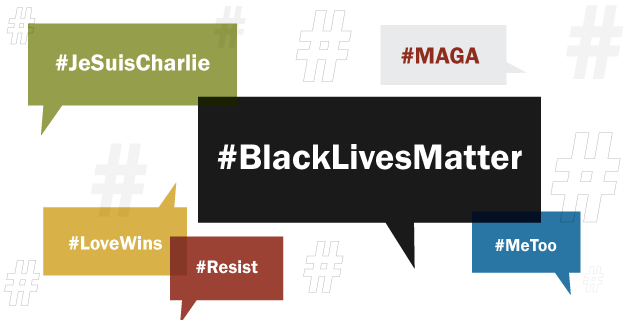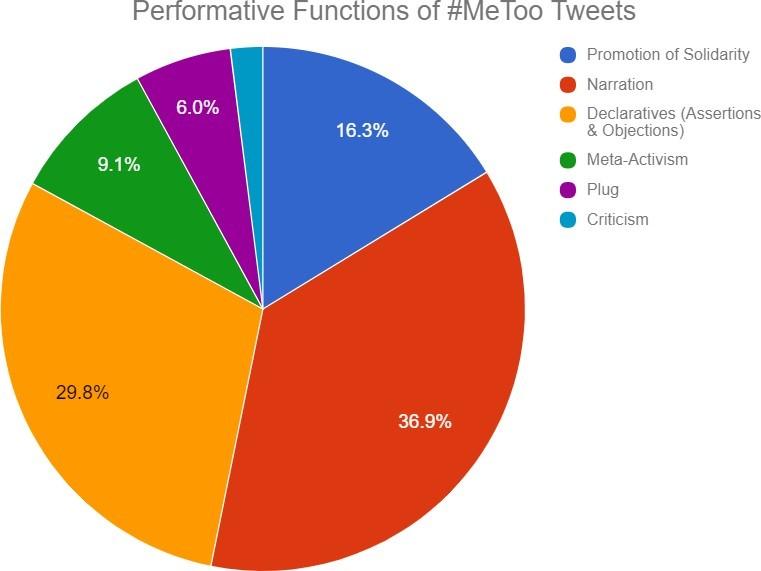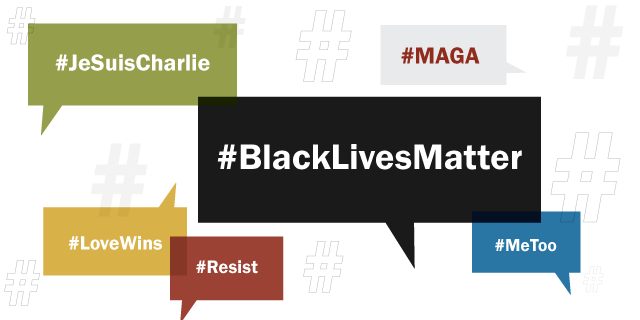Digital media activism is undoubtedly on the rise around the world. I see the way that people interact with businesses and other institutions changing more every day. Of course, speaking broadly, this tends to be a good thing. The things that are changing are things like our approach to equality in the workplace, representation and diversity of culture. Having a more open-minded approach is beneficial for businesses because it leads to a diversity of thought, which can help you to adapt and be more agile. The world is rapidly changing and you need to be ready to confront these changes with confidence and emotional intelligence.
The only problem with digital activism is that it’s now putting some businesses in awkward positions. Cultures of racism, sexism and other inappropriate practices are routinely called out due to digital activism, which poses significant reputational problems. These reputational problems can ultimately have an effect on a company’s bottom line and success. Of course, you could just argue that you should hire good people, but negative cultures are ingrained in companies and it can be difficult to uproot them. This is why it’s important for businesses to understand their social environment and take steps to adapt to the “new normal”.
What is Digital Media Activism?
So, we’ve gone into a little bit on what I’m writing about. So what actually is digital media activism? Digital activism is the process of individuals and groups using the internet, like social media, email, podcasts and more to promote their movement. The benefit of this is that information can be rapidly disseminated to a global audience, which accelerates the exposure given to the cause. This type of activism is generally used to help organise en-mass, raise funds for projects, building links with communities and lobbying governments. Regardless of your opinion on it, digital activism is a reality that is here to stay.

One of the earliest forms of digital activism came in the form of a company called Lotus Software in 1990. The company had planned to create a detailed customer database that would name customers, track their spending habits and their addresses. This was planned to be stored on a CD ROM. Privacy activists at the time protested by mass-emailing Lotus and posting on message boards about the problem, in total around 30,000 people reached out. This is a crazy figure for the internet at the time. The company eventually ended up pulling the idea for this customer database in January 1991.
What Caused The Rise of Digital Media Activism?
One of the biggest things that have caused the rise of digital activism is the changing social attitudes of people. This is particularly prevalent within younger age groups, who are expected to be more active in their use of digital media. For example, one of the biggest ideas in digital activism at the moment is highlighting the plight of black men and women when dealing with the police and the discrimination that black people also face in the workplace. This discrimination has been rooted in many western countries for years and attitudes are now beginning to change, particularly among younger generations.
The main factor that makes digital activism possible, is obviously the development of new digital media platforms. After all, without these platforms, how would digital activism be possible? Email and message boards used to be the main medium, but social media now owns the game almost entirely. This is mainly due to the large user numbers on social media, with Facebook alone having more than 2.7 Billion active monthly users. This presents a wide audience for movements to spread their messages with ease. Without social media, it is likely digital activism would still be in a primordial state.
Common Criticisms of Digital Activism
Despite the fact that digital activism is providing a platform and a voice for many, there are still some detractors. Firstly, there is the point that digital activism is inherently restricted to those that can afford digital devices. This means that people from disadvantaged backgrounds may be unable to effectively share their plight online. Some also believe that the rise of digital activism is making people less likely to physically campaign and protest for important issues. This is a particularly powerful argument as its backers are stating that digital activism is actually damaging causes. You may have your own opinion on this and I’d love to see them in the comments below.

When Digital Activism Goes Wrong
Despite the fact that digital activism is a great thing on the surface, there are still ways that it can go wrong. For example, your business needs to be careful about throwing its support behind a campaign, because if the campaign turns out to be false, or a scam then you could be dealing with a serious reputational problem. If you’ve pledged monetary support to an activist campaign, then you could also be seeing financial losses. So, to avoid these problems, you should always have a look at the legitimacy of the campaign first. This way, you’ll save your money and your reputation.
An example of such a campaign can be found in ‘Kony 2012’. If you’re not familiar with the story, Joseph Kony is a Ugandan criminal and insurgent known for his leadership of the Lord’s Resistance Army. His forces have been known for regularly kidnapping children and forcing them to fight for him among other atrocities. Whilst Kony is a real person, the campaign itself saw criticism for not noting that Kony had been driven out of Uganda and providing a poor overview of the history of the issue. Not to mention that the leader of the movement, Jason Russell was arrested in San Diego following psychosis from the campaign’s stress.
Why Do Businesses Need To Be Careful With Digital Activism?
One of the main reasons why you need to be careful with digital activism is the reputational impact on your business. I’m not talking about the prospect of supporting a fake, or bad campaign either. I’m talking about you being the victim of ‘cancel culture. You need to manage risk with regards to your reputation by ensuring that all messages by your brand are watertight. This means that anything that could be considered even slightly offensive or out of place should be cut. What you don’t want is to make a similar mistake to Burger King. They received widespread criticism for their “women belong in the kitchen” campaign for the women in their catering training programme. The intent was good, but the message wasn’t.

If you end up making a similar gaffe to Burger King, you could find yourself losing customers very rapidly. Of course, the severity of this will depend on the severity of the gaffe. This is why it is important to make sure that your media and marketing teams are made up of people who have awareness of the current social environment. Additionally, when high-level members of your business speak on the record about social issues, be sure to have them briefed beforehand. Even the smallest mistake could result in criticism.
How You Can Prepare Your Business For The Social Environment
There are a number of ways in which you can prepare your business for the ever-changing social environment. Firstly, as previously mentioned, you should implement forms of staff training to ensure that problems do not arise. You should also make it clear to employees that any social media activity detrimental to the company will be punished. This will prevent employees from posting their own personal views. These can be detrimental to the company as happened with PR Executive Justine Sacco, who was fired for a racist tweet. I personally wouldn’t hire someone who I suspected of racism, but some people hide it well.
You should also make sure that your business is being transparent and fair with regards to hiring. The common misconception among some is that activists against racism are demanding that minority ethnic candidates be given preferential treatment. This isn’t the case, it’s rather that businesses are now expected to offer their positions with equal opportunity. Regardless of ethnicity, gender or religion. Review your HR processes and make sure that your hiring process is actually fair for those who are involved. You avoid the risk of reputational damage and you will get the best candidates for your role.
The Future Direction of Digital Activism
Digital activism has exploded in the 21st century and it isn’t showing any signs of slowing down. It can be hard to tell what the future holds for digital activism. Although it is likely that it will increase as more generations are born and grow up with the internet. Digital activism has been particularly important during the COVID-19 pandemic, as protests are banned due to lockdown restrictions. With the UK government introducing a controversial new bill said to limit the rights of protestors, it may become a necessity for people to take their activism activity online.
This means that businesses are going to need to constantly keep themselves aware of the social consciousness of the world. To more effectively do this, businesses should look at the levels of equal opportunity and diversity in their own workplaces. If you’re finding that your organisation is very monocultural, this could hurt you in the long run. It pays dividends to get alternative perspectives with regard to your digital presence and any content that you put out.
Conclusion
In conclusion, it can be seen that digital activism is rapidly becoming a more important aspect of a business. This can be from your business wanting to get involved in digital activism, and wanting to do it respectfully. This can also be if you’re wanting to make your employees more socially aware to prevent PR disasters from occurring. Access to the internet has made sharing of information rapid and any mistakes can be latched onto by the public. This positive change can be gained through training and diversifying your workforce to prevent an echo chamber effect.
If you found this post interesting, you can look at some of the other content on our blog!

